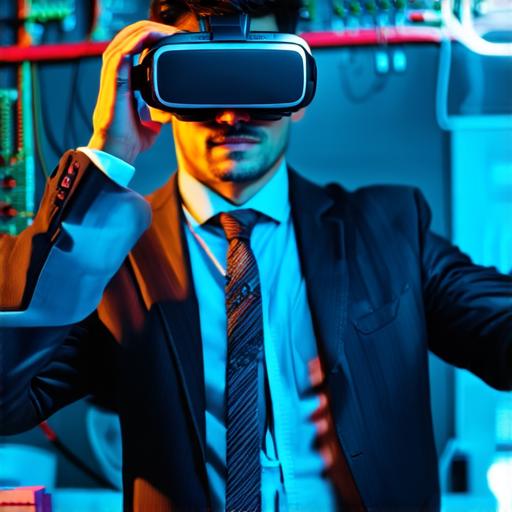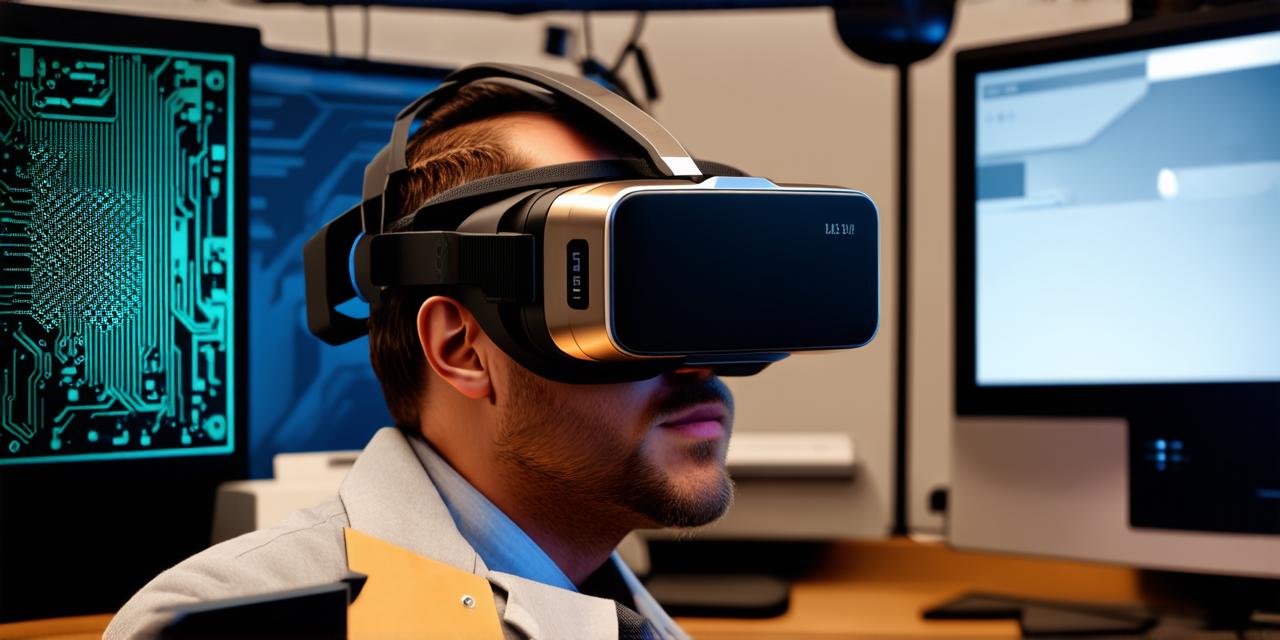
There is no doubt that virtual reality technology has come a long way since its inception, but it all started with the first virtual reality headset.
This article will explore the origins of this groundbreaking device, the innovations that led to its creation, and how it revolutionized the world of gaming and beyond.
The First Virtual Reality Headset
The concept of virtual reality dates back to the 1960s when researchers like Ivan Sutherland developed early prototypes of VR headsets. However, it wasn’t until the 1980s that we saw the first commercially successful VR headset, the “Virtualizer” by British engineer David Emmett.
The Virtualizer was a bulky, black and white device that looked more like a pair of goggles than a modern VR headset. It used a rotating crank to adjust the focal length of the lenses and offered a narrow field of view. Nevertheless, it was a significant step forward in the development of VR technology.
The 1990s brought about a new wave of innovation in VR technology, with companies like Sega, Atari, and Nintendo releasing their own VR systems. These devices were more advanced than the Virtualizer, offering improved graphics and a wider field of view. However, they were still bulky, expensive, and had limited applications.
It wasn’t until the early 2000s that we saw the first real breakthrough in VR technology with the release of the Oculus Rift, developed by Palmer Luckey. The Rift was a much more immersive experience than its predecessors, with a high-resolution display, adjustable head tracking, and support for multiple displays. It was also much more affordable than previous VR systems, making it accessible to a wider audience.
Innovations in Virtual Reality Technology
The development of the first virtual reality headset was made possible by several key innovations in technology.
One of the most significant innovations was the development of high-resolution displays. Early VR systems used low-resolution displays that looked blurry and made it difficult to see the virtual world around you. The Oculus Rift, on the other hand, used a high-resolution display that offered a much clearer and more immersive experience.
Another key innovation was the development of adjustable head tracking. Early VR systems required users to manually adjust the position of their head to match the virtual environment around them, which was often uncomfortable and time-consuming. The Oculus Rift used sensors and algorithms to automatically track the movement of the user’s head, allowing for a much more natural and immersive experience.
Finally, the development of wireless connectivity was also a significant factor in the success of the Oculus Rift. Early VR systems required users to be tethered to a computer or other device, which limited their freedom of movement and made it difficult to explore large virtual environments. The Oculus Rift, on the other hand, allowed users to move freely around their physical environment while still experiencing the virtual world in real-time.
Impact of Virtual Reality Technology
The first virtual reality headset had a profound impact on the world of gaming and beyond. It opened up new possibilities for immersive experiences that were previously impossible, from flying over mountains to exploring ancient ruins.
Virtual reality technology also has potential applications in other fields, such as education, training, and therapy. For example, medical professionals have used VR technology to simulate surgical procedures, while pilots can use virtual environments to practice their flying skills.
However, there are also concerns about the impact of VR technology on our physical and mental health. Studies have shown that prolonged use of VR can cause motion sickness and disorientation, and some users have reported feelings of isolation and loneliness when spending long periods in virtual environments.
Conclusion
The first virtual reality headset was a groundbreaking innovation that revolutionized the world of gaming and beyond. It paved the way for future developments in VR technology, which continue to push the boundaries of what is possible in terms of immersive experiences. While there are concerns about the impact of VR technology on our physical and mental health, there is no doubt that its potential benefits far outweigh its drawbacks. As VR technology continues to evolve, we can expect to see even more innovative and immersive experiences in the future.
